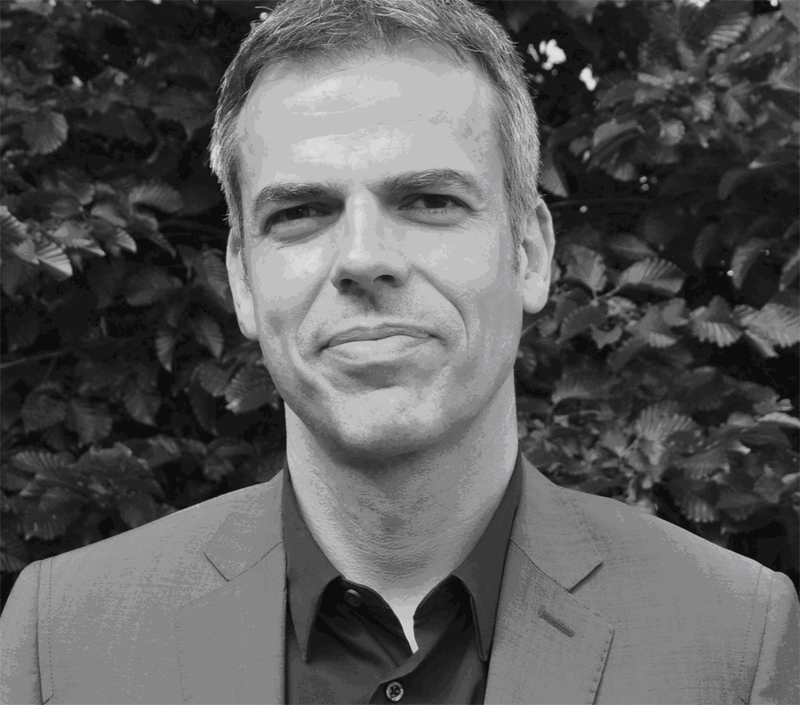|
IEEE/ICME
CME 2011 Conference
Plenary Talk 1
From Minimal Input to Stable Network Modulation - Transcranial Magnetic Stimulation in Neuropsychiatry
Frank Padberg, M.D.
Professor, Director
Laboratory of Transcranial Brain Stimulation and Neuroplasticity
Department of Psychiatry and Psychotherapy
Ludwig-Maximilian University of Munich
Nussbaumstrasse 7
80336 München, Germany
E-mail: padberg@med.uni-muenchen.de

Abstract:
Transcranial Magnetic Stimulation (TMS) is a key method for non-invasive
stimulation of the human brain. Thus, there is a wide range of different
applications from measuring excitability within the human motor system to
experimentally or therapeutically modulating regional brain function by
repetitive TMS (rTMS). Previously, rTMS has been used to investigate perceptive
functions within the visual system as well as higher cognitive functions or
emotional regulation within prefrontal, parietal and other cortex regions
(Grossheinrich et al. Biol. Psychiatry 2009). Methodologically, coil designs
have been modified to specific stimulation demands and targeted focal
stimulation has been achieved by neuronavigation based on magnetic resonance
imaging. However, more recent interest has been focussing on the differential
action of pulse shapes, state dependent variations of rTMS action related to
homeostatic plasticity and the duration of post-stimulation effects. The latter
may be particularly relevant for enhancing the action of rTMS in experimental
as well as therapeutic interventions. The question how long post-stimulation
effects last, when to apply a second or third rTMS session in order to produce
longer-lasting or even stable effects and summation of such effects over time
have been poorly studied so far. However, there is a large body of evidence
supporting the role of stimulus summation and interference in long-term
potentiation (LTP) or depression (LTD) research. In therapeutic applications,
rTMS has to compete with invasive stimulation approaches like vagus nerve
stimulation (VNS) or deep brain stimulation (DBS), where a more or less
continuous stimulation is provided 24 hours a day. Different rTMS approaches
have been developed in order to enhance post-stimulation effects: Burst
protocols (e.g. theta burst stimulation – TBS), coupled TMS (e.g. paired,
tripled or quadripulse) or priming rTMS by transcranial direct current
stimulation (tDCS). Beside an overview of rTMS methods, examples of
neurocognitive experiments and therapeutic interventions will be presented in
this review. As the largest body of evidence for therapeutic rTMS is available
in major depression (Padberg and George Exp. Neurology 2009), the presentation
will also focus on this application including recent data for TBS as
antidepressant intervention (Holzer and Padberg Brain Stimulation 2010).
Frank Padberg
is Associate Professor at the Ludwig-Maximilian University in Munich and Director of the Laboratory of Transcranial Brain Stimulation and Neuroplasticity, Dept. of Psychiatry and Psychotherapy. He is a leading expert in the application of non-invasive brain stimulation for the treatment of psychiatric disorders and holds the position of the Secretary of the Task Force on Brain Stimulation of the World Federation of Societies of Biological Psychiatry (WFSBP). He is the current President of the German Society of Brain Stimulation in Psychiatry. He has received research grants from various sponsors, e.g. the German Ministry of Education and Research, the German Research Foundation and industry grants. He has published over 100 papers in international peer-reviewed journals and a recent book on non-invasive brain stimulation in psychiatric disorders.
|